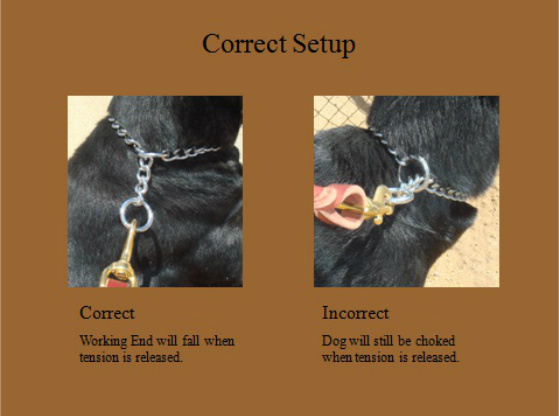A B C D E F G H I J K L M N O P Q R S T U V W X Y Z
Carding – Combing and cleaning a personal protection dog as part of the deshedding process.
Carjacking Training – Teaching the personal protection dog and handler how to react during carjackings.
Chest Bite – One of the targets a protection dogs shoots for when defending from the front of an attacker.
Child Safe – A personal protection dog that is known to be tolerant and non aggressive toward children.
Choke(r) Collar / Choke(r) Chain – AKA “Slip Collar”: A collar that tightens around a dog’s neck used to control the dog and to deliver corrections during training.
Choke Off – A method to get the personal protection dog to release a bite on a bad guy by grabbing the dog’s collar and lifting it up by its neck, thus cutting off its air supply. Modern training methods have reduced the need for such methods.
Civil Agitation – Training the personal protection dog without the use of protective equipment, i.e. street clothes.
Civil Aggression – Aggression toward a human instead of aggression toward a sleeve or other piece of training equipment.
Civil Drive – The ability of a personal protection dog to defend against an attacker who is not purposely agitating or stimulating the dog like a decoy / helper would during protection training. This drive means the dog will ignore equipment and act with true aggression against a person.
Classical Conditioning – AKA ‘Pavlovian Conditioning’ and ‘Respondent Conditioning’ is the pairing of two stimuli to elicit a conditioned response. The most famous example is the Pavlov dog experiment where a bell was paired with food. After enough pairings the bell caused the dogs to salivate. A more modern interpretation of what happened was was the bell predicted the food would arrive at a later time which caused the dog to salivate. This is the foundation of modern clicker / marker training. See Wikipedia.
Clatter Stick – A noisemaking stick designed to agitate and distract the personal protection dog during training exercises.
Clicker Training – AKA “Marker Training”: A method used to communicate with the dog during training used to mark the exact moment the dog was doing something the trainer wanted. A reward comes some time after the click.
Cloth Muzzles- Muzzles used only for short periods of time and ONLY under supervision. These muzzles do not let the dog pant or drink which could cause rapid overheating and death. The are generally used for things like grooming and while in the veterinarian’s office.
Collar Conditioning – A. Getting a dog used to wearing a particular collar so the dog does not become ‘collar wise’ and only obey when the collar is on, B. Teaching the dog how to interpret stimulations from an e-collar.
Collar Wise – A situation when the dog is only obedient when he/she is wearing certain collars like the prong or e-collar.
Command Language – The language used to train a personal protection dog. Frequently dogs are trained in languages foreign to the area they will be working. This reduces the chance a bad guy would use a command that would confuse the dog or hurt his/her ability to defend.
Companionship Dog – A dog that does not work, i.e. a pet.
Competitive Protection Dog Sports – Sports mostly based on what dogs must do in police work. Some examples are: Belgian Ring (oldest), French Ring, KNPV, Mondio Ring, and Schutzhund. See Wikipedia
Competition Heeling – Heeling a dog in an exact fashion in an effort to win points in a competition.
Compulsion – The trainer attaches an unpleasant force to unwanted behaviors. The protection dog must do the wanted behavior to escape the unpleasant force. Also see “Escape Training”
Confidence Course – a version of an obstacle course designed to build sureness and confidence in working dogs. Standard items on the confidence course are obstacles that have different footing such as open faced stairs, expanded metal walkways, bridges that swing or are mounted on cables, and high elevated platforms.
It is a great tool to develop not only young dog, but dogs that will be working in multiple environments. (We have a world class military grade confidence course at Protection Dogs Elite)
Continuous Low Level Stimulation – A phrase related to e-collar / remote collar training where a button on the transmitter is held down giving a continuous very low level of stimulation to the personal protection dog. Almost all modern e-collars have a safety feature which turns off the stimulation after a certain number of seconds regardless of how long the button is held down.
Controlled Agression Training – Teaching your personal protection dog when and when not to show aggression.
Covert Aggression – A dog that does not show obvious signs of aggression.
Crate Training – Teaching a personal protection dog to accept a crate or cage as a safe and fun place to be.
Cross Training – Training so your dog will behave accordingly as both a pet and a personal protection dog.
Curb Training – For safety purposes teaching the protection dog to stop at curbs and not continue into a street or highway until a release command is given.



